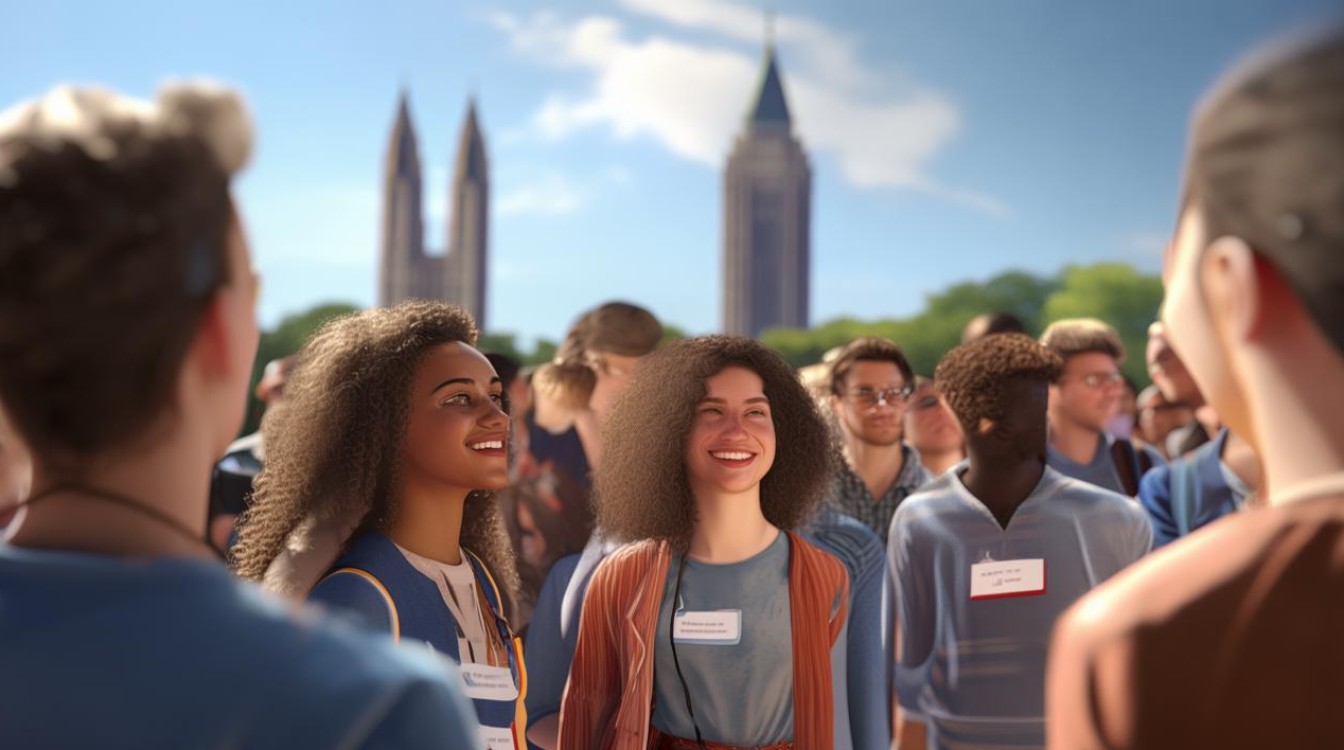Stepping off the plane at Los Angeles International Airport, the warm Californian sunshine greeted me like an old friend. This marked the beginning of my three-week study tour in the United States—a journey that would reshape my perspective on language, culture, and independence.

First Impressions: Language in Action
The moment I arrived at my host family’s home in Pasadena, I realized textbook English couldn’t prepare me for real-life conversations. Mrs. Thompson, my host mother, asked, “How about grabbing some In-N-Out later?” I froze. “In-N-Out” wasn’t in any vocabulary list. It turned out to be a famous burger chain, and this became my first lesson: language lives in its culture.
At the language school, interactive classes pushed me beyond grammar drills. We debated topics like environmental policies and tech innovations, forcing me to think critically in English. One exercise involved interviewing locals about community issues. A retired teacher told me, “Learning a language isn’t about perfection—it’s about connection.” Her words stuck with me.
Cultural Immersion: Beyond the Classroom

Weekends were for exploration. A trip to the Getty Museum taught me how art transcends language. Standing before Van Gogh’s Irises, I understood why descriptions fall short—some experiences must be felt. My classmates and I also volunteered at a food bank, where actions spoke louder than words. Sorting groceries alongside locals, I learned humility and teamwork without needing perfect grammar.
Thanksgiving with the Thompsons was another highlight. As we shared pumpkin pie, Mr. Thompson explained the holiday’s history. “It’s not just about turkey,” he said. “It’s about gratitude and togetherness.” The warmth around that table made me appreciate how traditions weave communities together.
Challenges and Breakthroughs
Of course, there were struggles. Ordering coffee felt like a test when the barista asked, “Single-origin or blend? Light or dark roast?” I fumbled, but she patiently walked me through the options. These small interactions built my confidence. By the third week, I could navigate public transit, haggle at flea markets, and even crack jokes with classmates.

A pivotal moment came during a group presentation on global education. My hands shook as I spoke, but seeing nods of understanding from the audience silenced my doubts. Later, a classmate from Brazil said, “Your ideas made me think differently.” That validation was worth every stumble.
Reflections: More Than Just Language
This trip taught me that fluency isn’t measured by vocabulary size but by the ability to connect, adapt, and grow. America’s diversity—from the tech hubs of Silicon Valley to the jazz clubs of New Orleans—showed me that every accent, slang term, and local custom adds richness to communication.
Now back home, I catch myself thinking in English or craving a late-night diner milkshake. More importantly, I approach conversations with curiosity rather than fear. As I update my blog for friends who ask, “Was it worth it?” my answer is clear: The messy, exhilarating, and deeply human experience of learning abroad is something no textbook can replicate.

The world feels smaller now, and that’s the real magic of stepping beyond classroom walls.

